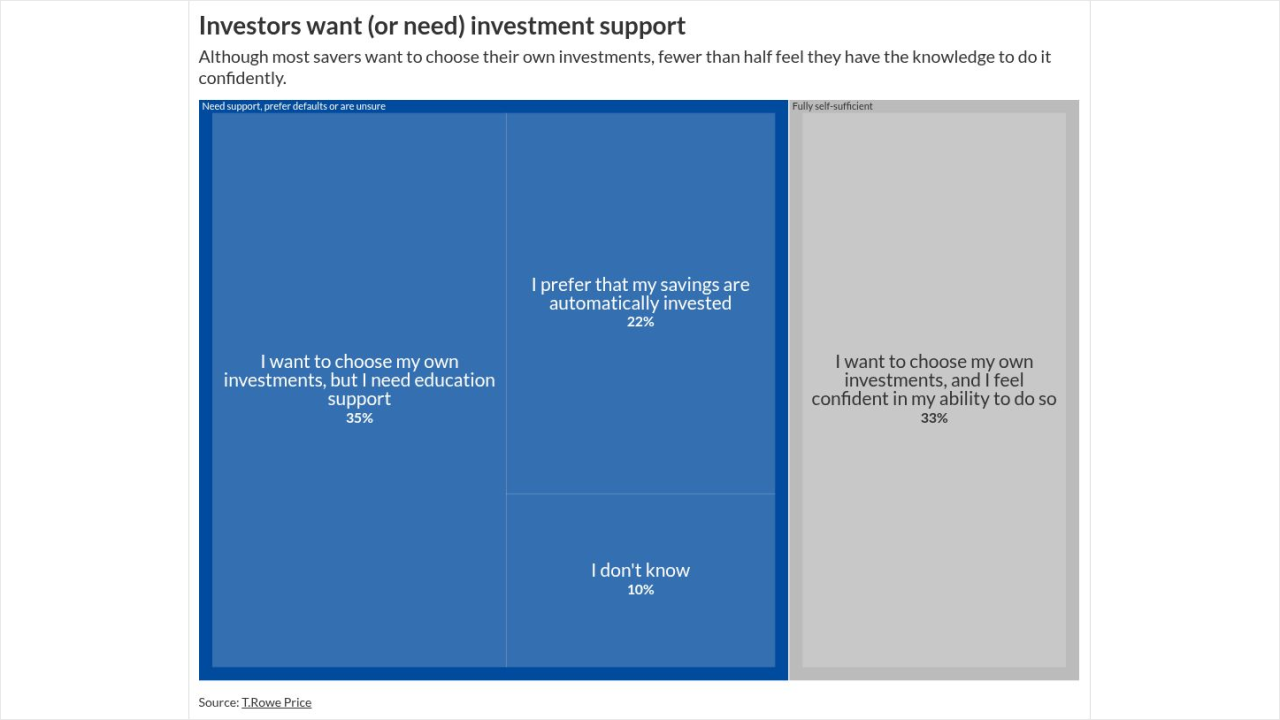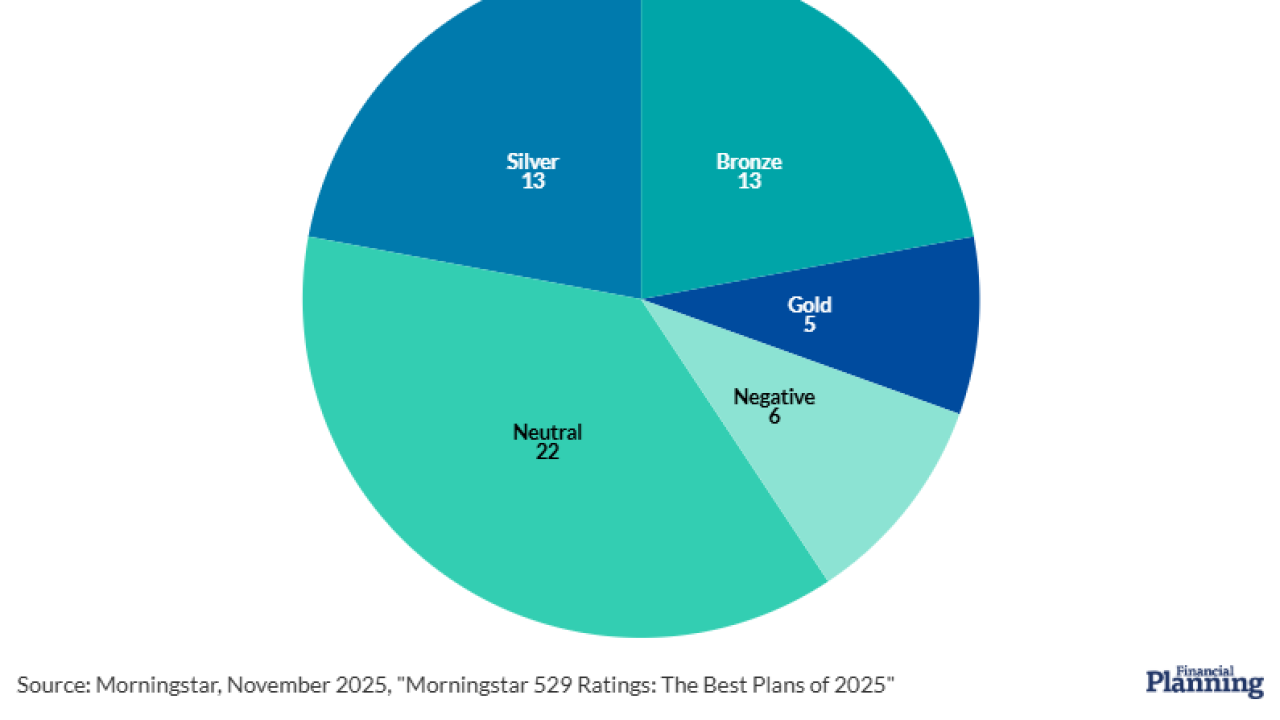One of the financial planning industry’s most controversial products is trying to make a comeback.
Permanent life insurance, long reviled by many advisors as expensive and oversold to people who neither need nor understand it, is getting a second look amid proposals by the Biden administration to raise taxes on the wealthy.
The insurance, a catch-all term for policies that don’t expire until the owner dies, has long been marketed as a way for very wealthy and moderately-wealthy people to build a tax-free retirement nest that can be passed on to heirs—one that is immune to changes in tax laws.
The thinking is that Biden’s talk of higher individual rates, along with lower levels at which estate taxes would kick in and federal tax on sales of inherited assets, could make relying solely on investments in stocks and real estate less desirable when it comes to leaving money to heirs.
If Biden’s proposals become law, “it could make permanent life insurance more attractive,” says Jon Ekoniak, a CFP and managing partner at Bordeaux Wealth Advisors, an RIA in Menlo Park, California.

It would be a big shift. The insurance “definitely has a stigma,” says Ari Fischman, a CFP at Telemus, an RIA in Southfield, Michigan. “It’s kind of earned, unfortunately,” he says, adding that the products are “pushed” onto investors by salespeople earning commissions.
Permanent policies pay out a set amount of money when a policyholder dies—the death benefit—and hold investment gains that have built up over time—the cash value. Special IRS rules on insurance taxation exempt those two income streams from federal tax, even though the investment gains portion can be similar in structure to a retirement account with stock profits.
But Google “permanent life insurance” and words like “hate,” “avoid” and “plague” crop up. The reasons: it’s costly compared to term life insurance, which typically runs for 30 years. Miss one monthly premium — maybe because your retirement income isn’t what you expected — and you and your heirs
“There is a place for permanent life insurance, but it is often marketed as an investment, and it does not make a good investment,” says Ekoniak.
Almost all permanent life insurance is sold by a broker or insurance agent earning hefty commissions, not by an independent advisor, who is held to the higher fiduciary standard. Commissions can be as high as
RIAs in particular, who must hew to the fiduciary standard, are often wary of recommending commissioned products that might not be in the client’s best interest, given the fees charged. That’s what makes it difficult for insurance products seen as expensive to gain traction. DPL Financial Partners, an insurance network for RIAs, sells no-commision permanent policies, but not from all insurers.
Agents typically sell policies from one insurer, while brokers sell products from all insurers. One problem, Fischman says, is that most carriers don’t give advisors access to sell all their products. “The idea is to appeal to financial advisors who cannot accept commissions, but unfortunately the market is still not there.”
Ironically, a fee-based policy can be more costly than a commission-based policy, Fischman says. While “commission is not always bad for the consumer,” it “is when it skews advisors’ best interest integrity and standards.”
Tax hikes and permanent insurance
Markets, economists and advisors are anxiously waiting to see what Biden does following the $2 trillion infrastructure and jobs bill he signed last month. During his campaign, Biden
It’s the other tax proposals he mentioned when campaigning that are prompting the insurance industry to predict a boost in permanent life insurance sales. Specifically, Biden talked about eliminating a tax loophole, step up in basis, in which the investment profits in a deceased person’s portfolio avoid capital gains tax when inherited. He also spoke of
Some advisors say that permanent life insurance is best for rich individuals who want to pass on riches to the next generation. By putting the policy into what is known as an irrevocable life insurance trust, tax-free cash from the policy can
The insurance industry expects the potential tax-law shift to mean more business for this type of policy.
“If these tax changes become law, you’ll see a lot more permanent life insurance, because it won’t be taxed when benefits are paid to a beneficiary,” says Jim Mahaney, a vice president of strategic initiatives at Prudential. “A lot of people are going to need cash on hand to pay taxes due if they owe capital gains” upon an inherited brokerage account “or estate taxes. If those are due, permanent life insurance is the best way to do that.”
Permanent comes in two flavors. With the whole life variety, the invested portion grows at a guaranteed rate, and the premiums don’t change. With the universal life option, both the premiums and investment returns are variable. Whole accounts for a little over one-third of all life insurance policies sold, while universal comprises another third, according to
“If these tax changes become law, you’ll see a lot more permanent life insurance,” Mahaney says.
Some advisors aren’t buying it. “It’s become a ‘thing,’ but it’s not a strategy that most Moneta advisors would recommend,” given the costs, says Tasha Borglum at Moneta Group Investment Advisors, an RIA in St. Louis, Missouri.





